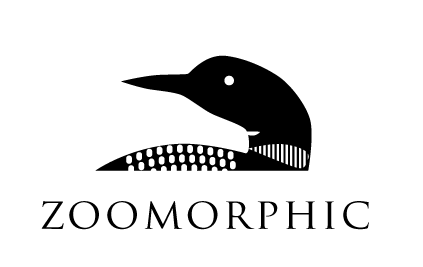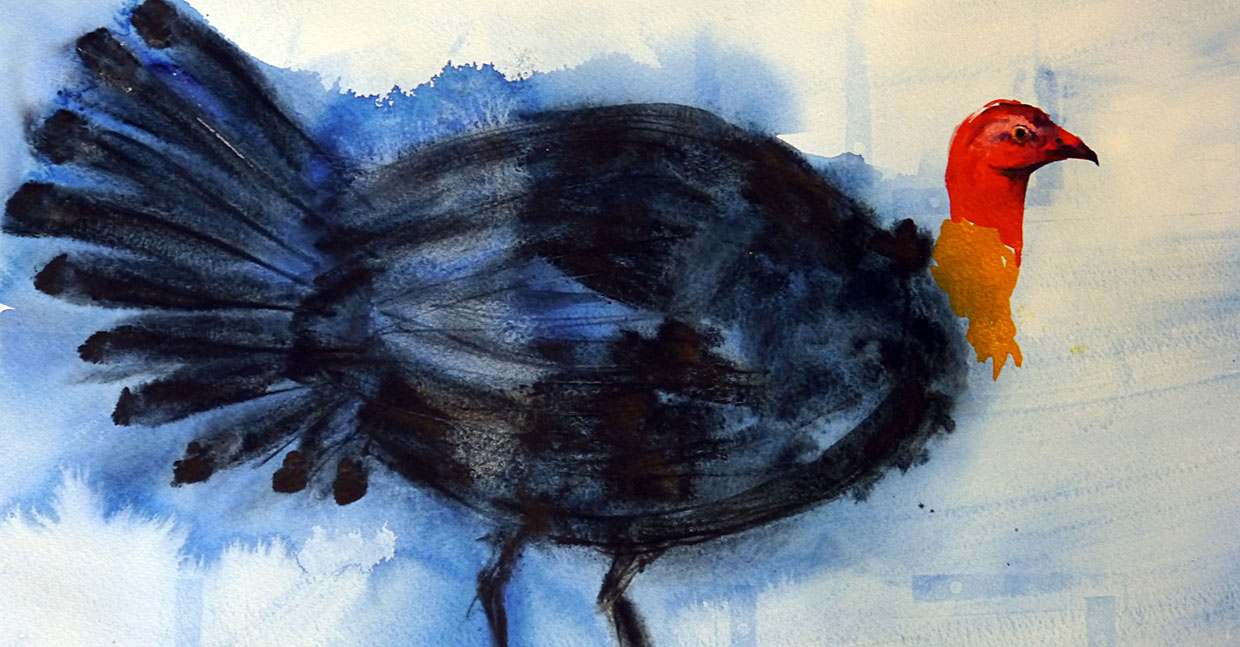by Rachael Guy
On the banks of the estuary, a ramshackle waterbird sanctuary. Handwritten signs implore ‘Look up!’ ‘Walk Quietly’ – ‘Listen’. Passages from the bible, written in a shaky hand, flutter on posts and downy drifts of feather snag in the mesh of high fences. The rank smell of bird dander infiltrates the air.
Muddy well-trod paths wind through reeds – clumps of swan shit and the footprints of ducks and moorhens emboss the silt. All about us, myriad voices; the screech of native hens, hiss-honk of swans, the coarse whisper of cape barren geese. Haphazard nesting boxes are nailed to mouldering tree trunks and battered tins brim with grain.
The proprietor of the sanctuary is a handsome 92-year-old woman. From the pockets of her apron she throws groats to the birds. Black swans congregate like gangsters. They approach, heads lowered, necks swaying as if independent of the heavy, low-slung belly and red thickset knees. They command the pecking order, drilling grains from our palms, pausing only to rush at the smaller birds that disperse in panicked swathes.
The proprietor speaks of her love of creation, claims it’s no coincidence that Tasmania is the shape of a human heart. “This island”, she says “is the heart of God’s earth”.
Looking out, I see the wind picking up across the estuary. Thin plywood signs flap and shudder, the reeds sway and part, a great green pelt revealing the thin scalp-line of river-flat beneath. Moorhens crouch low in the shallows. This whole shambolic place is an extended love letter to God and the birds; a private refuge, which holds it all – the filth and beauty, the dank and pungent smell of life as it collapses and renews itself. The iridescent wing of the duck is a song of praise, so too the weeping tea tree and the holy cup of weathered nest.
As we walk, I find a solitary chick peeping all alone from a mound of rotted leaves – gently I pick it up and carry it to the woman. She scoops up the hatchling and holds it to the light – “You’ve found a brush turkey!” she exclaims.
Cupping the chick tenderly, she explains that brush turkeys bury their eggs communally in large heaps of leaf litter. It is the fathers who tend to the incubating mounds, regulating the temperature by adding or subtracting twigs and leaves. The warmth of decomposition incubates the eggs. The newly hatched must dig their way out of the mound, and then fend for themselves.
I stare at the perfect, tiny creature astonished that it has emerged from its smouldering pile, blinking and screaming into this bright day.
Rachael Wenona Guy is a multifaceted artist engaged in writing, singing, puppetry and visual art. Growing up in Tasmania has imbued her life with a deep sense of affinity for the natural world. In her personal life and arts practice, animals have featured as metaphors, companions, teachers and colleagues.
http://rimofacup.wordpress.com
http://rachaelwenona.wix.com/disquieting-objects

